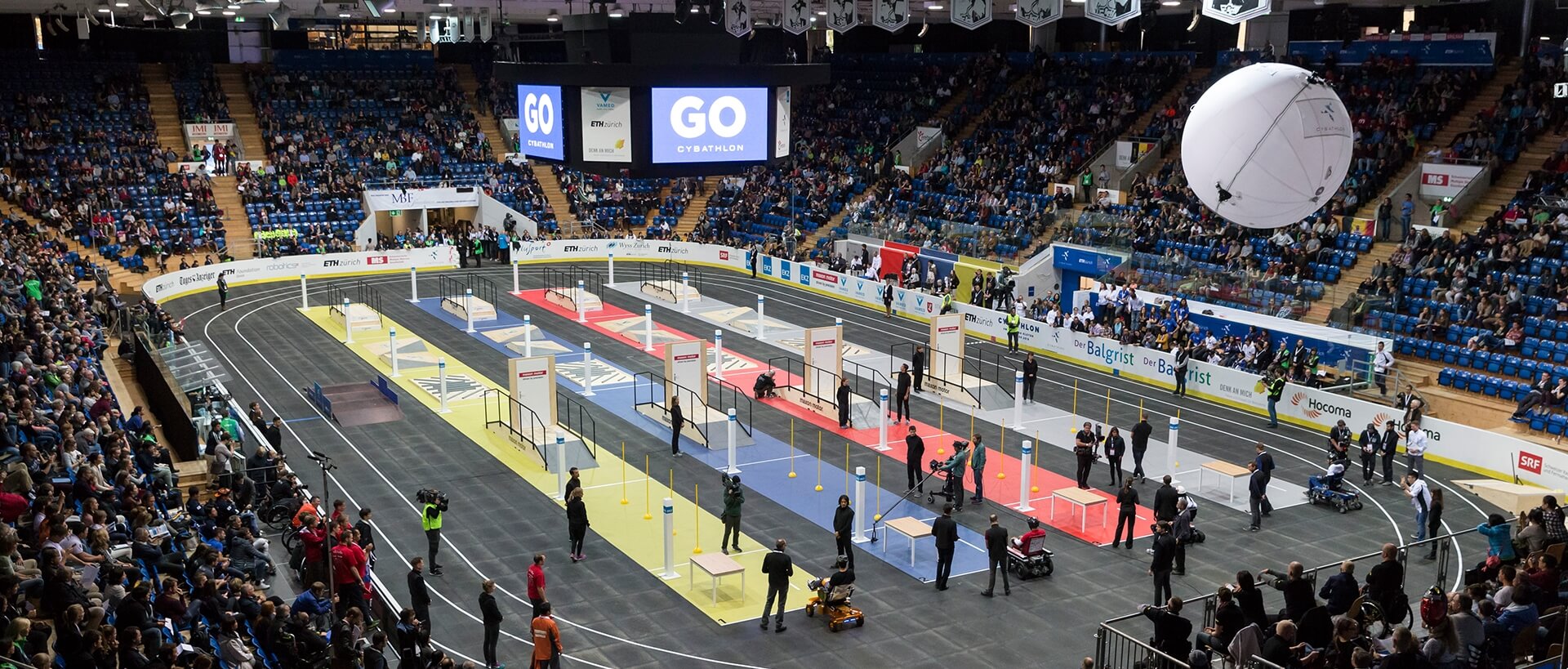
The first wearable robot
developed among robots
The first wearable robot, Hardi-man, was developed by General Electric in the mid-1960s.
Wearable robots were developed over 20 years prior to humanoid robots and are distinguished from other robots by their focus on service purposes such as muscle strength augmentation and rehabilitation therapy, rather than technological advancement.
In the 2010s, with the advent of high-torque, high-output electric motors suitable for wearable robots and processors capable of real-time control, wearable robotics entered a phase of rapid development and commercialization.
During this period, wearable robots started to be categorized based on specific demands, including rehabilitation treatment, healthcare, national defense, and industrial/construction purposes.
Angel Robotics has developed a variety of products, including WalkOn Suit, a walking assistance device for people with disabilities, ANGEL LEGS M20 for rehabilitation treatment, and other assistive devices designed for daily living needs
